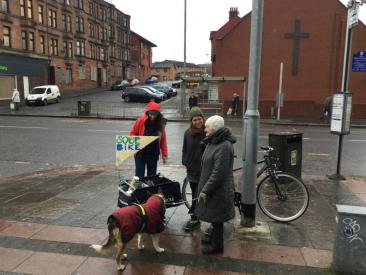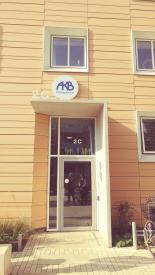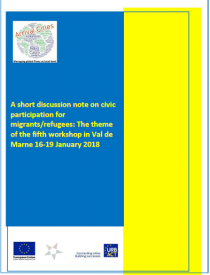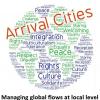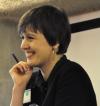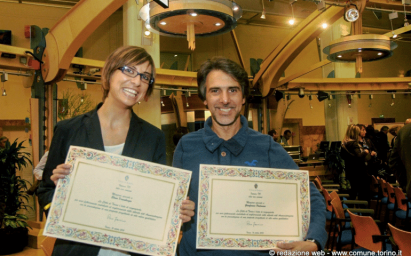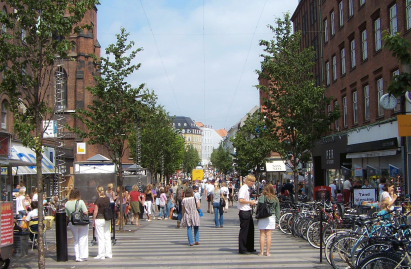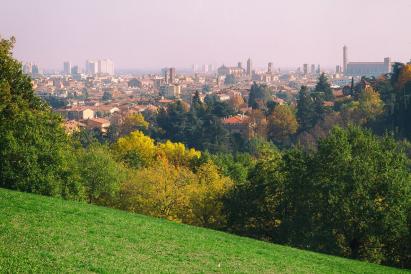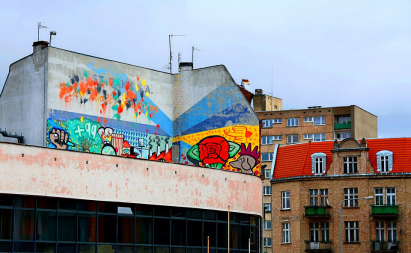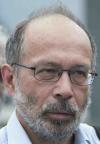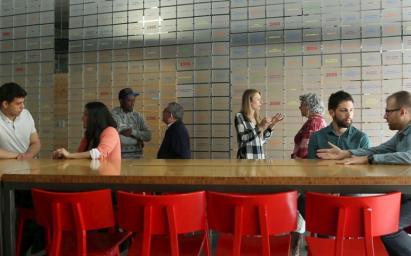From nature lovers to nature activists
How cities are reclaiming nature for citizens (and vice versa)
Last Saturday I fell asleep in the park, basking in the unexpected rays of sunshine. I was grateful for this small patch of green, right in the centre of the city, and – judging by the crowd of people around me, with their kids, picnic blankets and Frisbee discs – I was not alone. Most city dwellers would agree that nature in the city is precious. Trees and parks, rivers and ponds, birds and butterflies – they all make our hearts sing (and real estate prices soar) but are we ready to turn our appreciation into action?
Not all nature lovers are ready to be nature activists. Luckily, there is a lot local governments can do to support this shift, reaping not only environmental but also social and economic benefits. The research on ecosystem services and nature-based solutions confirms that nature is key to addressing many societal challenges, including e.g. human health and well-being, resilience and climate adaptation or food security. However, the tasks of protecting, managing and restoring nature should not be left to experts alone.
Engaging with people, in a true URBACT spirit of participation and co-creation, can bring new ideas, resources and opportunities. That is what four URBACT Good Practice cities, Bologna (Italy), Guimarães (Portugal), Ljubljana (Slovenia) and Strasbourg (France) have proven during the “Nature in the City” panel at URBACT City Festival 2017 in Tallinn.
(Crowd) funding a greener city in Bologna?

